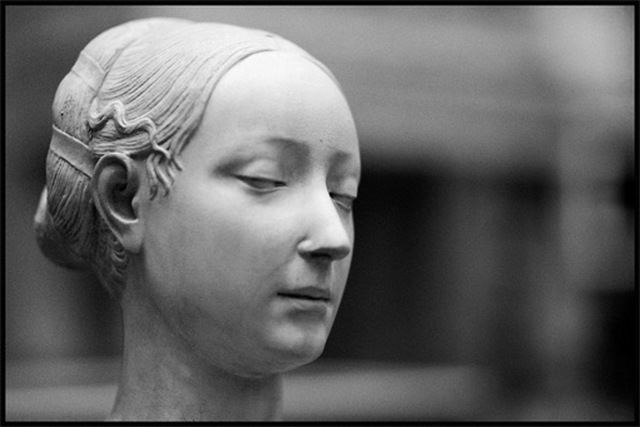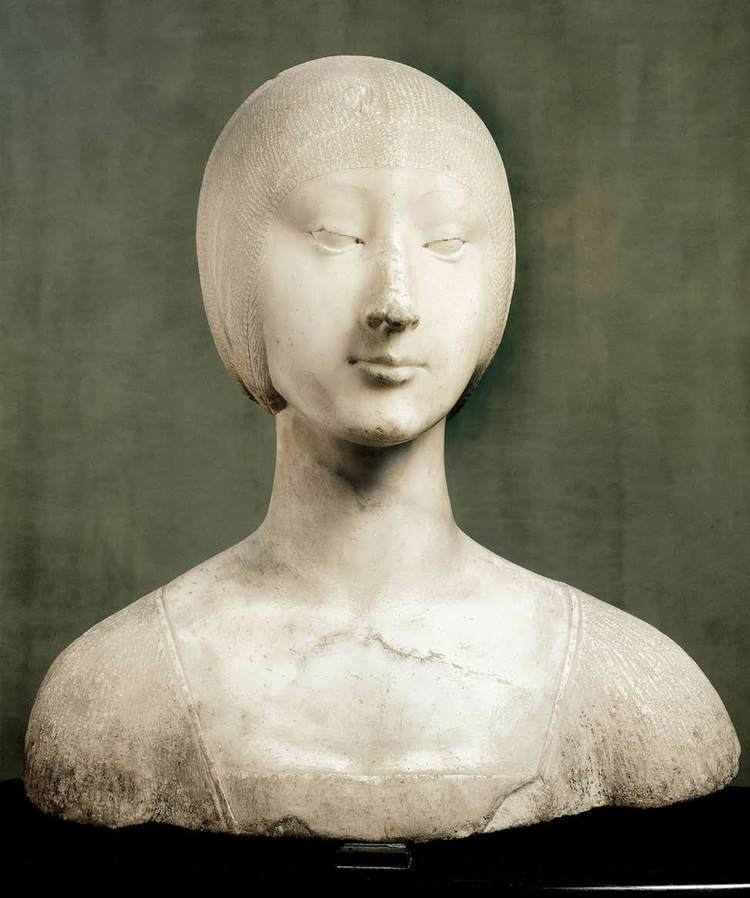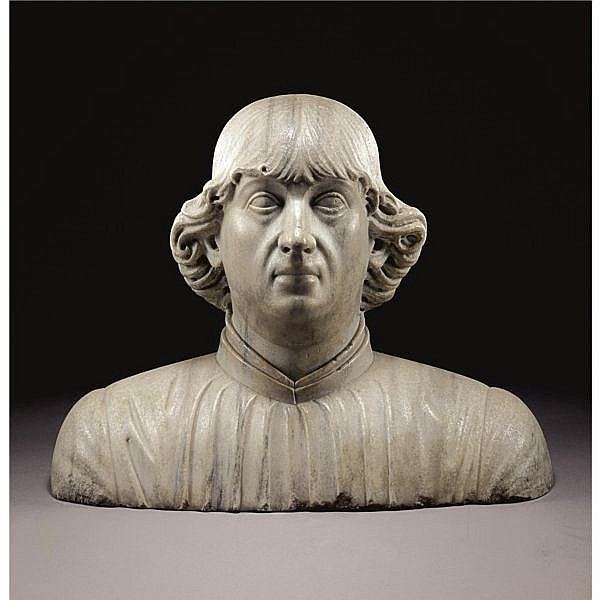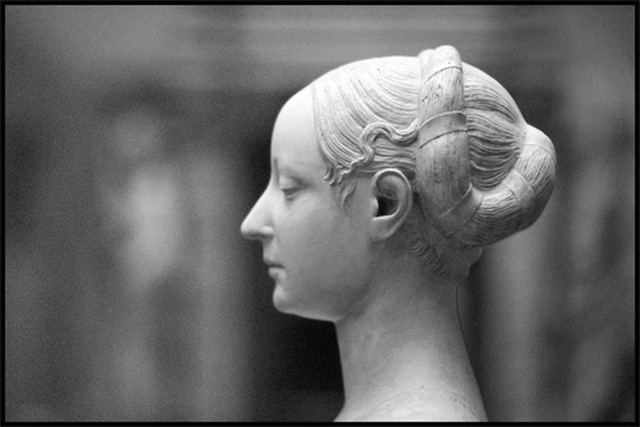Name Francesco Laurana | ||
 | ||
Artwork Ritratto di Eleonora d'Aragona, Ritratto di Battista Sforza People also search for Domenico Gagini, Pietro di Martino da Milano, Paolo Romano | ||
I parte i busti femminili di francesco laurana tra realta e finzione di chrysa damianaki
Francesco Laurana, also known as Francesco de la Vrana (Croatian: Frane Vranjanin) (c. 1430 – before 12 March 1502) was a Dalmatian-born sculptor and medallist. He is considered both a Croatian and an Italian sculptor.
Contents
- I parte i busti femminili di francesco laurana tra realta e finzione di chrysa damianaki
- Video antonello da messina e francesco laurana
- Life and works
- Overview
- References

Video antonello da messina e francesco laurana
Life and works

Laurana was born in Vrana, near Zadar, in Dalmatia. Under Venetian rule Vrana was named La Vrana, from romance de Vrana, the surname used by Francesco Laurana.

After an apprenticeship under a sculptor, he began his solo career at Naples, where he was one of the team of sculptors finishing the triumphal arch of Castel Nuovo for Alfonso V of Aragon. After the death of Alfonso (1458) he was called to Aix-en-Provence to the court of René d'Anjou, the former and still titular King of Naples, who commissioned him to do a series of bronze portrait medals of personages at the court.

From 1466 to 1471 Laurana was in Sicily. Works of this period include the Mastrantonio Chapel and the tomb of Pietro Speciale in the church of S. Francesco in Palermo, the side door of the church of St. Marguerite in Sciacca, Madonna and Child sculptures in the cathedrals of Palermo (1471) and Noto, and a bust allegedly portraying Eleanor of Aragon, now in the Palazzo Abatellis in Palermo, Sicily.

In 1471 he traveled to Naples where he executed the sculpture of the Virgin in the Sta. Barbara Chapel. In 1474-1477 Laura spent three years in Urbino, where his relative Luciano Laurana worked. He then went to Marseille, where he built a small chapel in the Cathedral of S. Marie Majeure (1475–81), the first structure in France designed entirely in the Renaissance style. His workshop in Marseille created the St. Lazarus marble altar as well as the retable of the Calvary in St. Didier d'Avignon, and the tombs of Giovanni Cossa at Sainte-Marthe de Tarascon and Charles, comte du Maine, in Le Mans.

Laurana died at Marseille or Avignon, in 1502.
Overview
He was one of the more significant and complex sculptors of the 15th century — complex because of his activities within varying cultural circles and his exposure to differing influences. His best works evolved in the workshop tradition in collaboration with other artists. His portrait busts reveal a creative individuality that was seen as particularly fascinating in the late 19th century. Though it is impossible to chart his stylistic development, his later work made in France shows some assimilation of northern realism, which is absent from the work executed in Italy.
